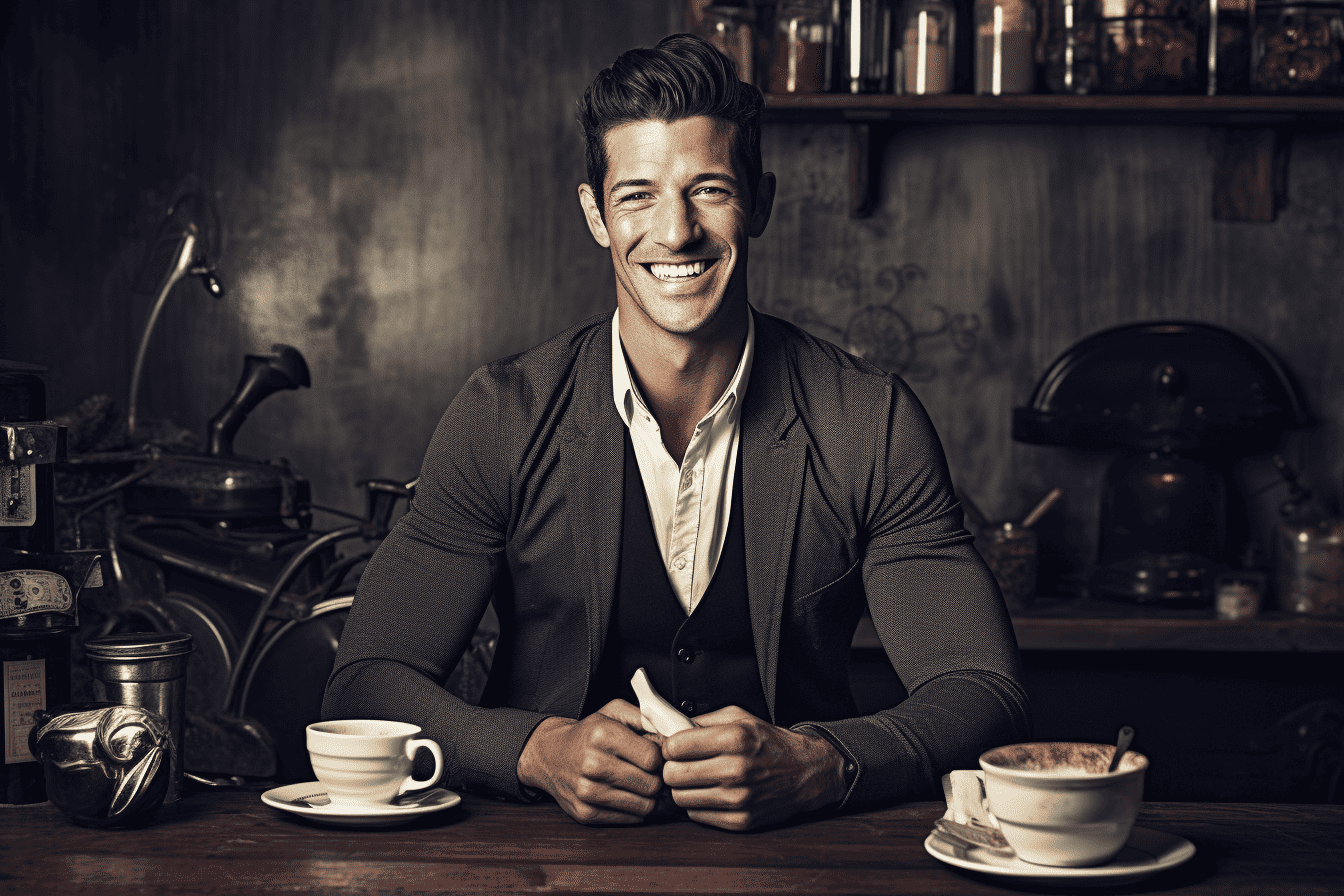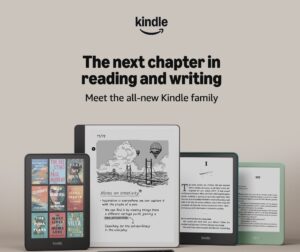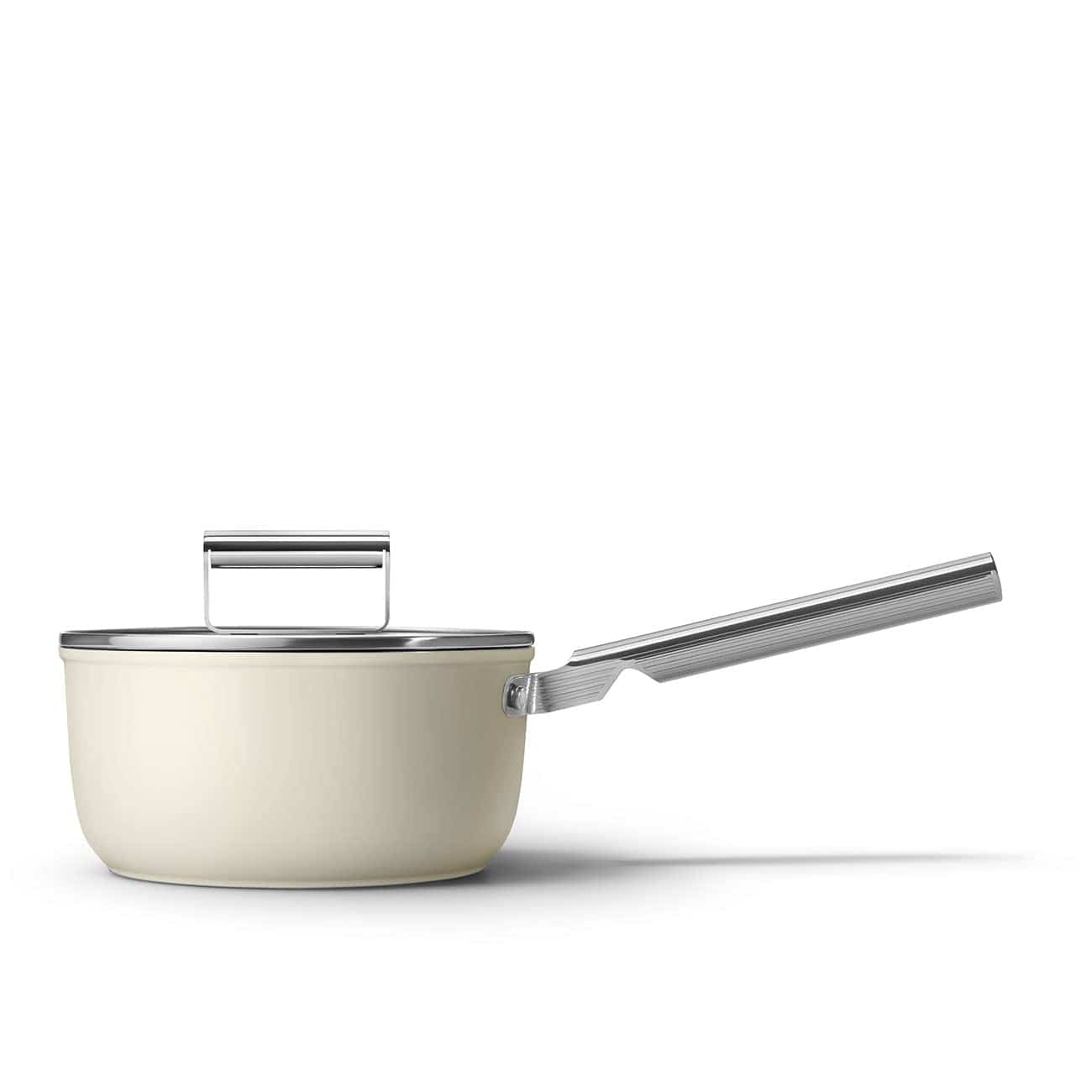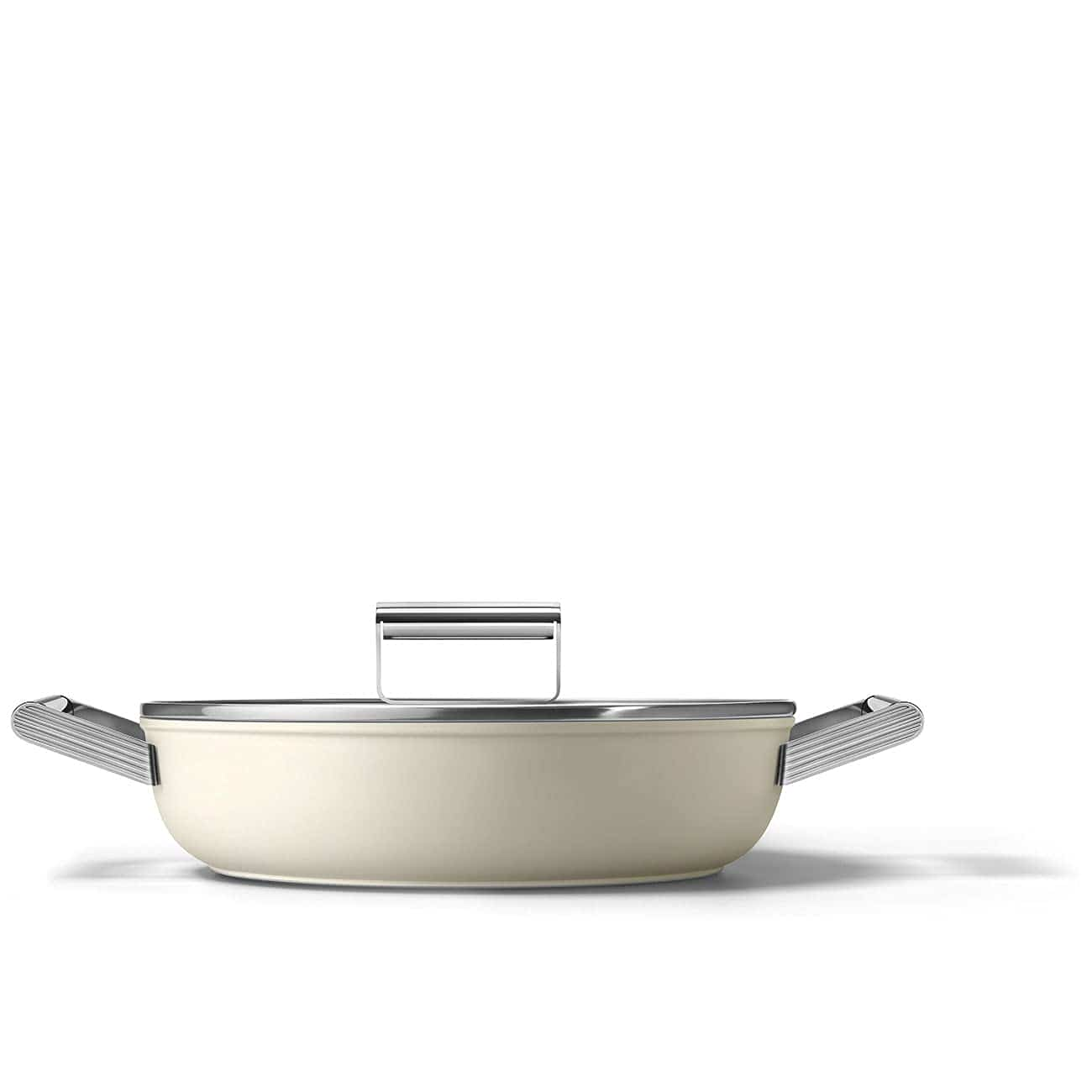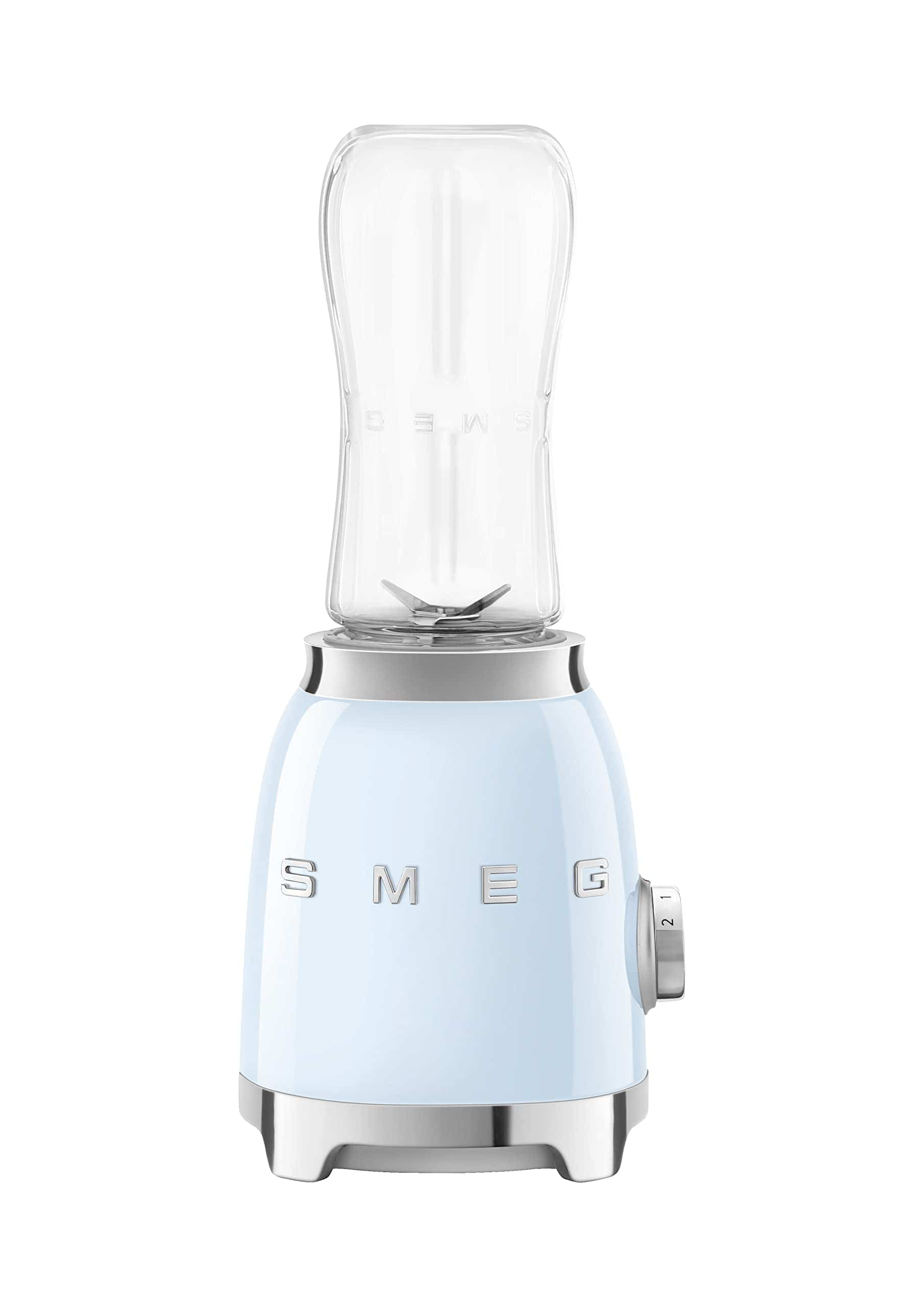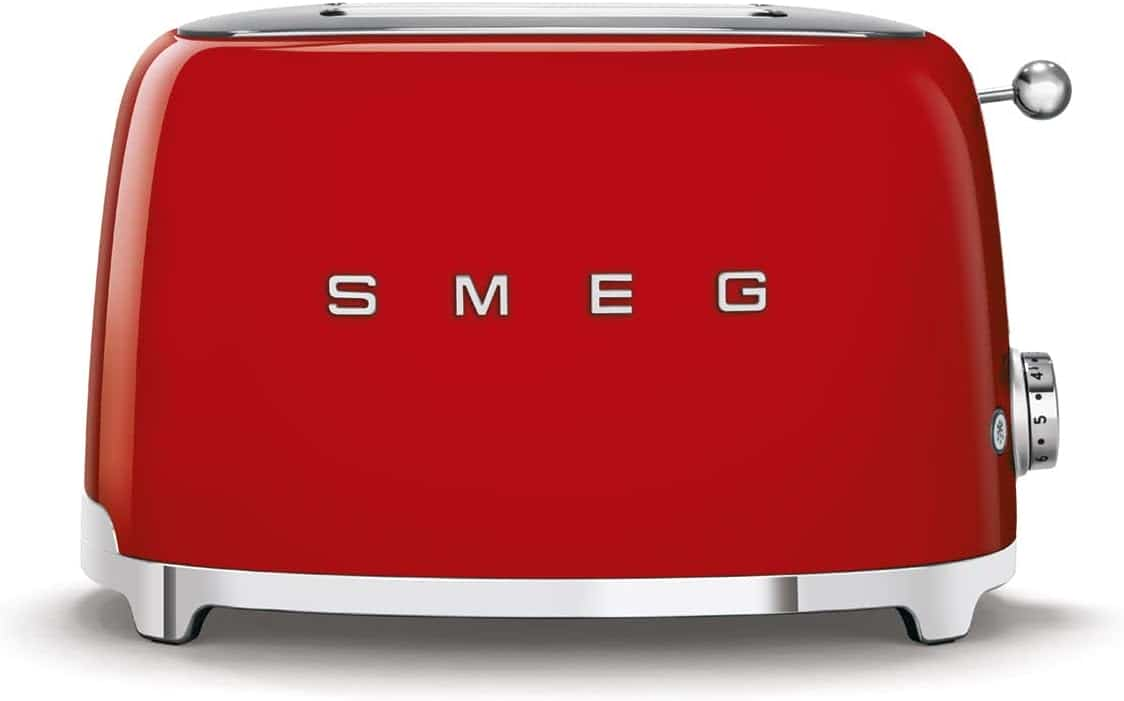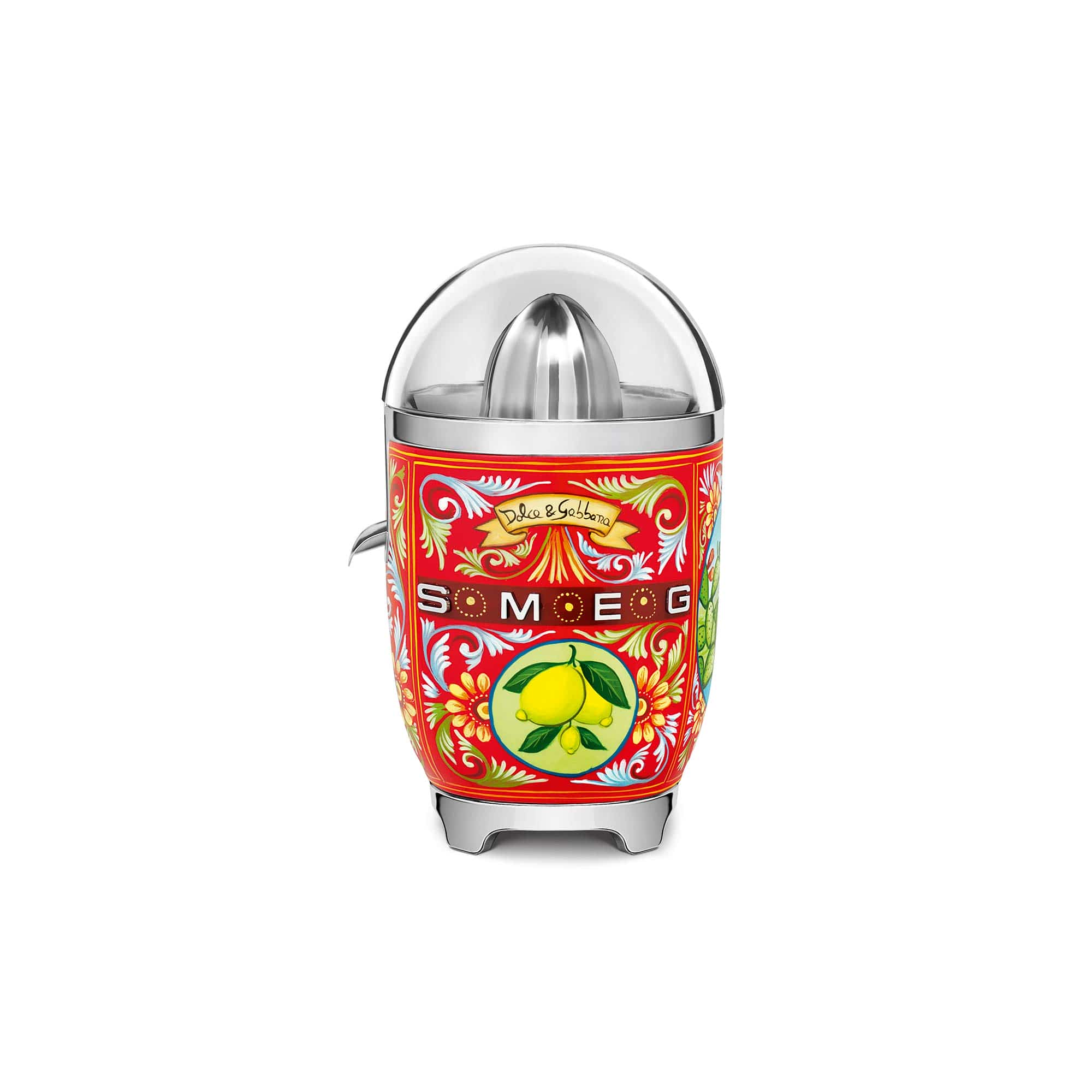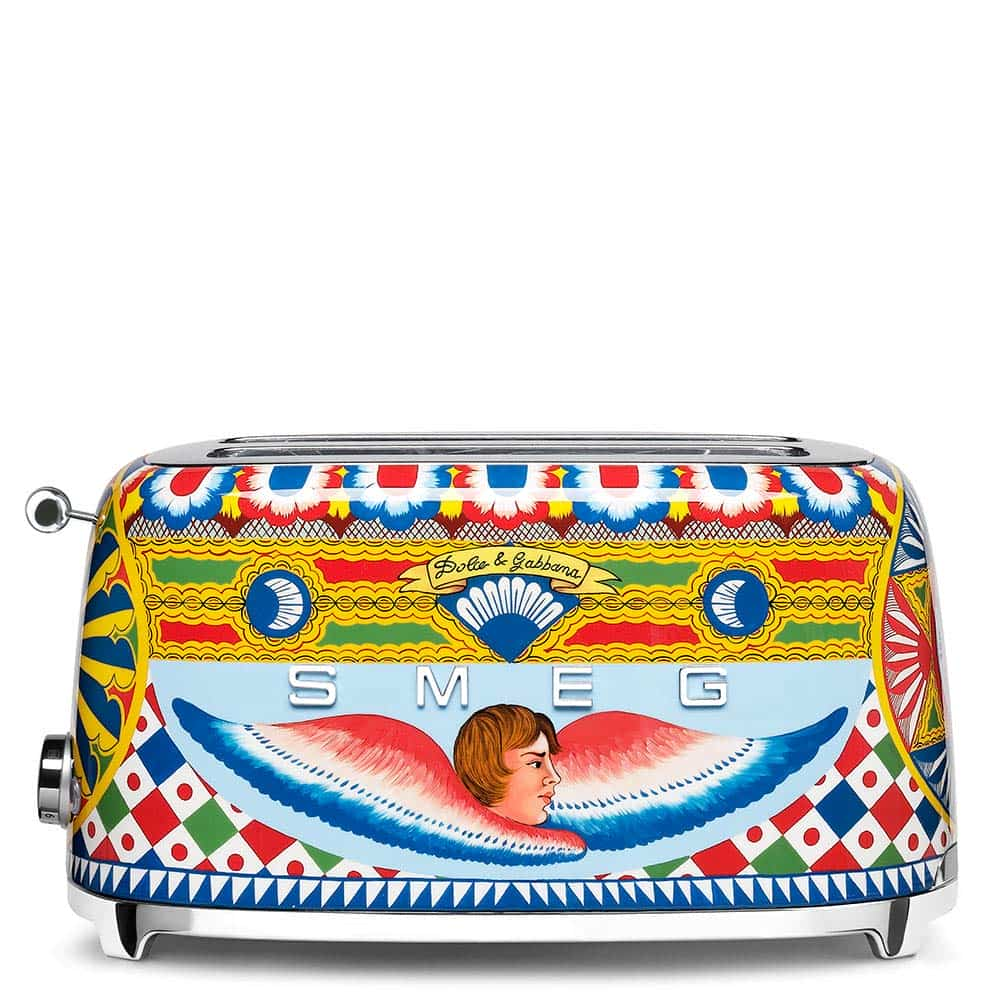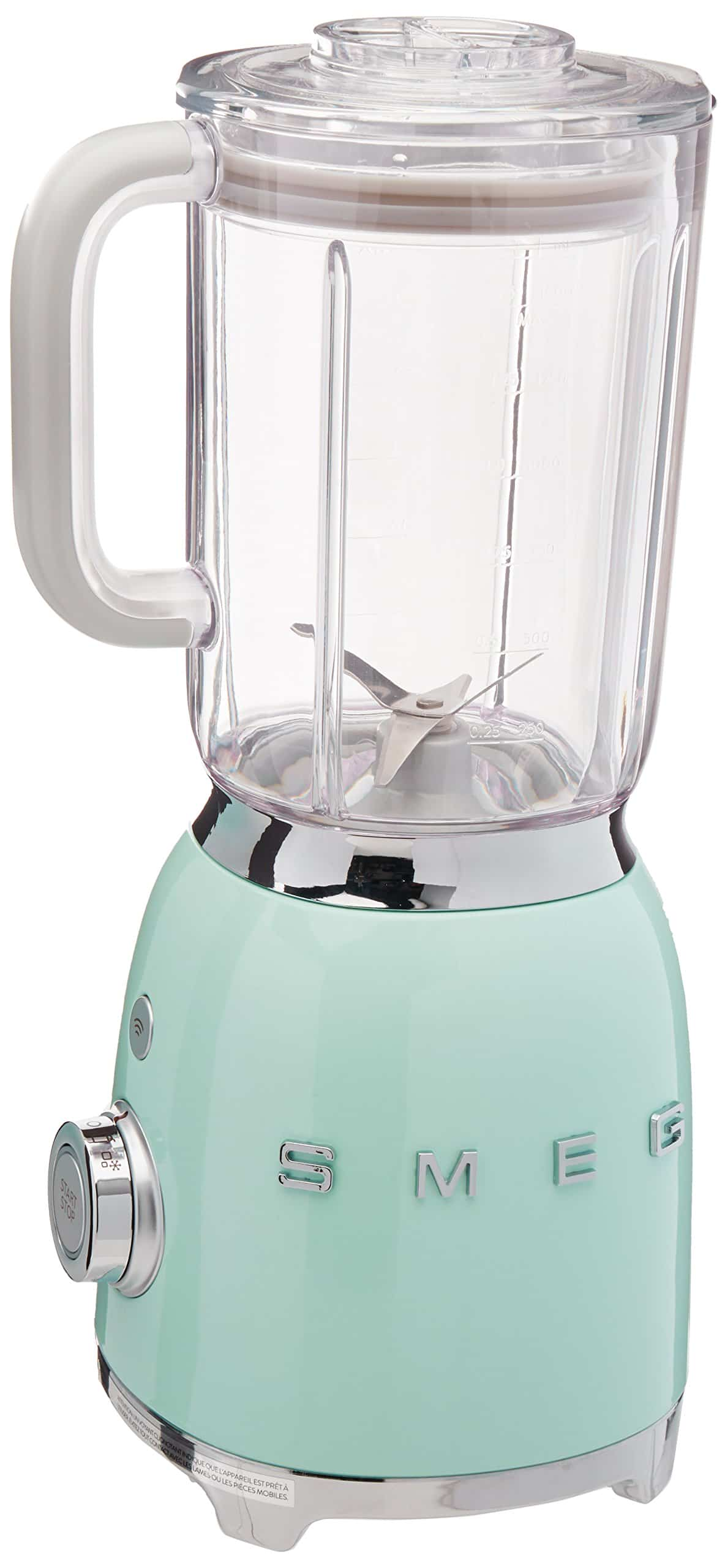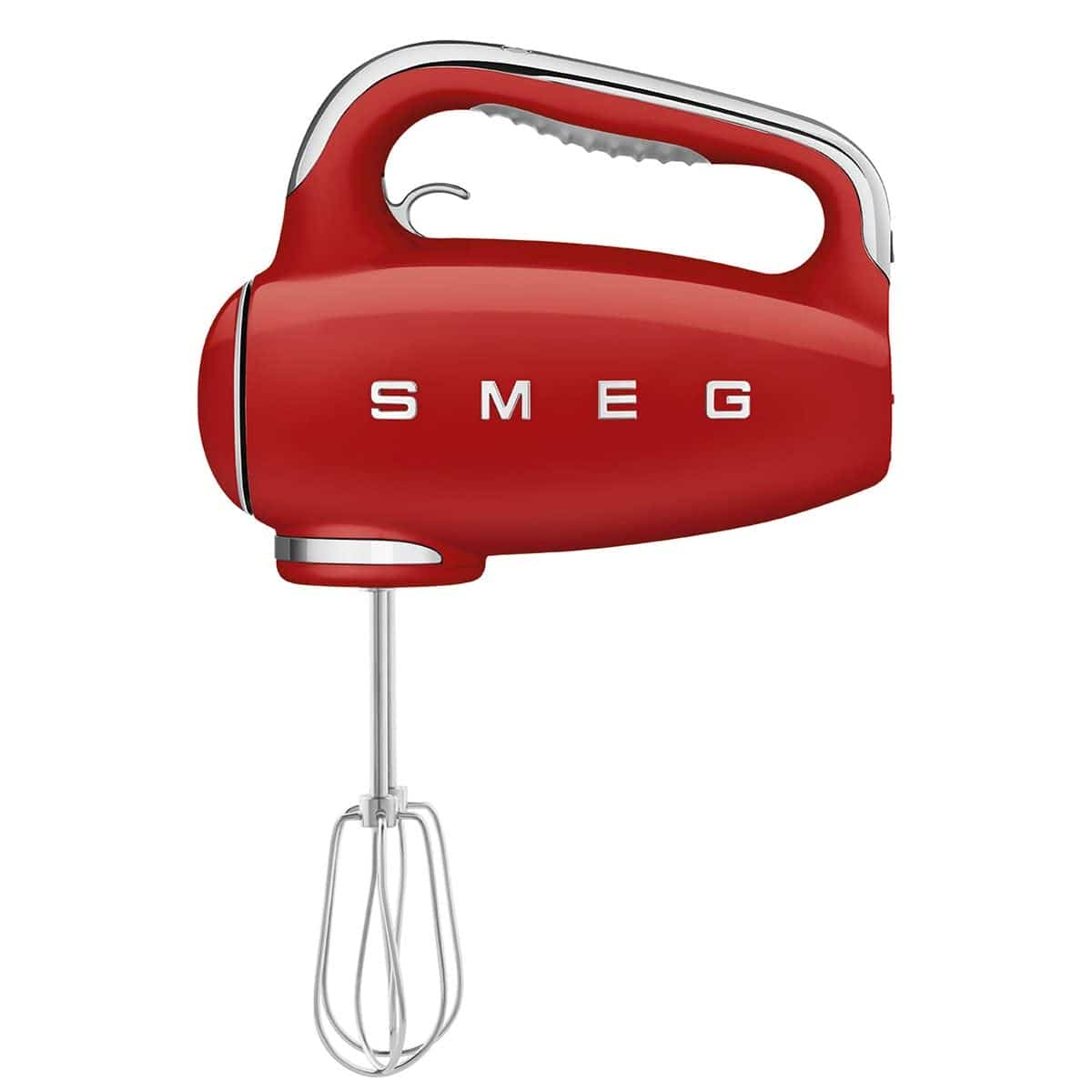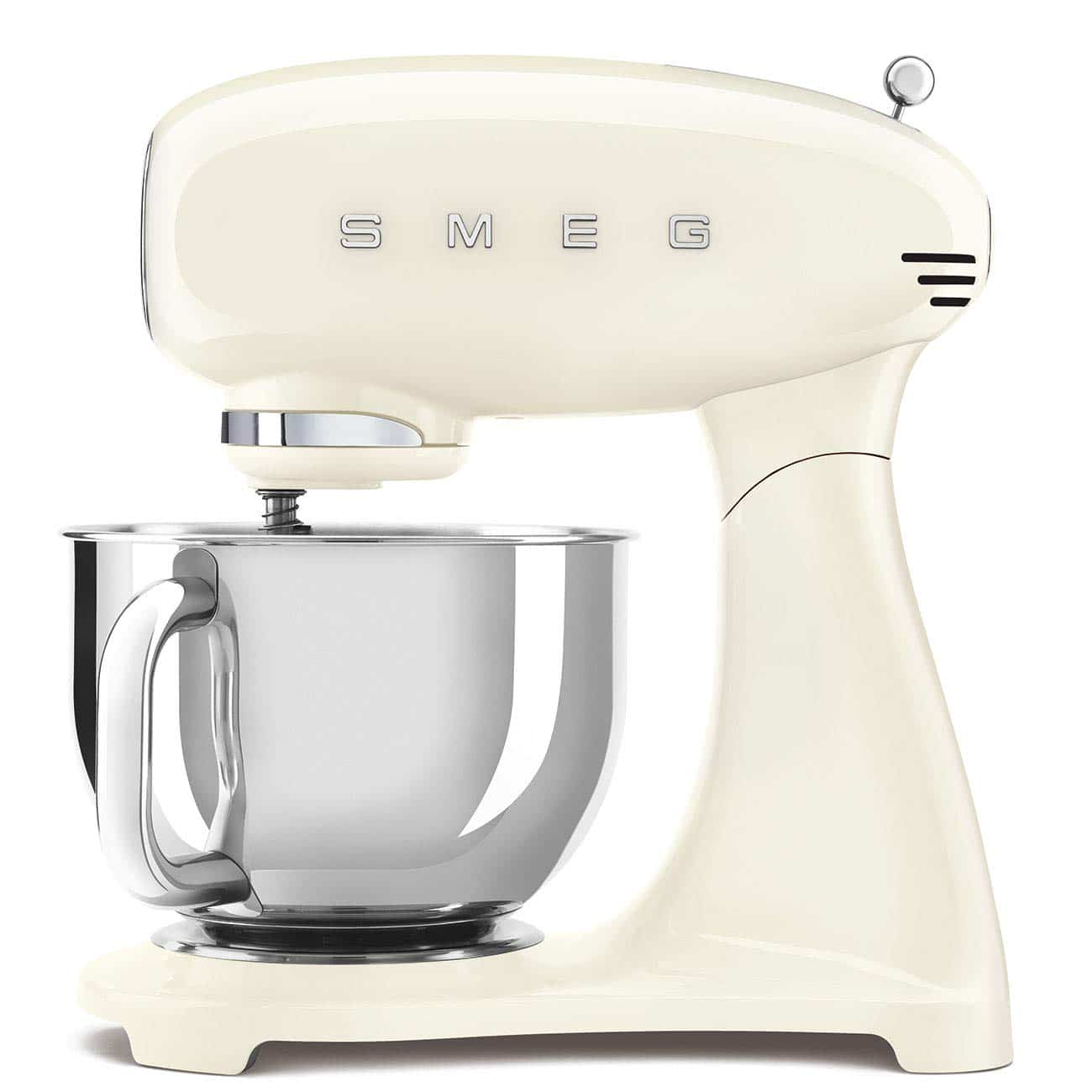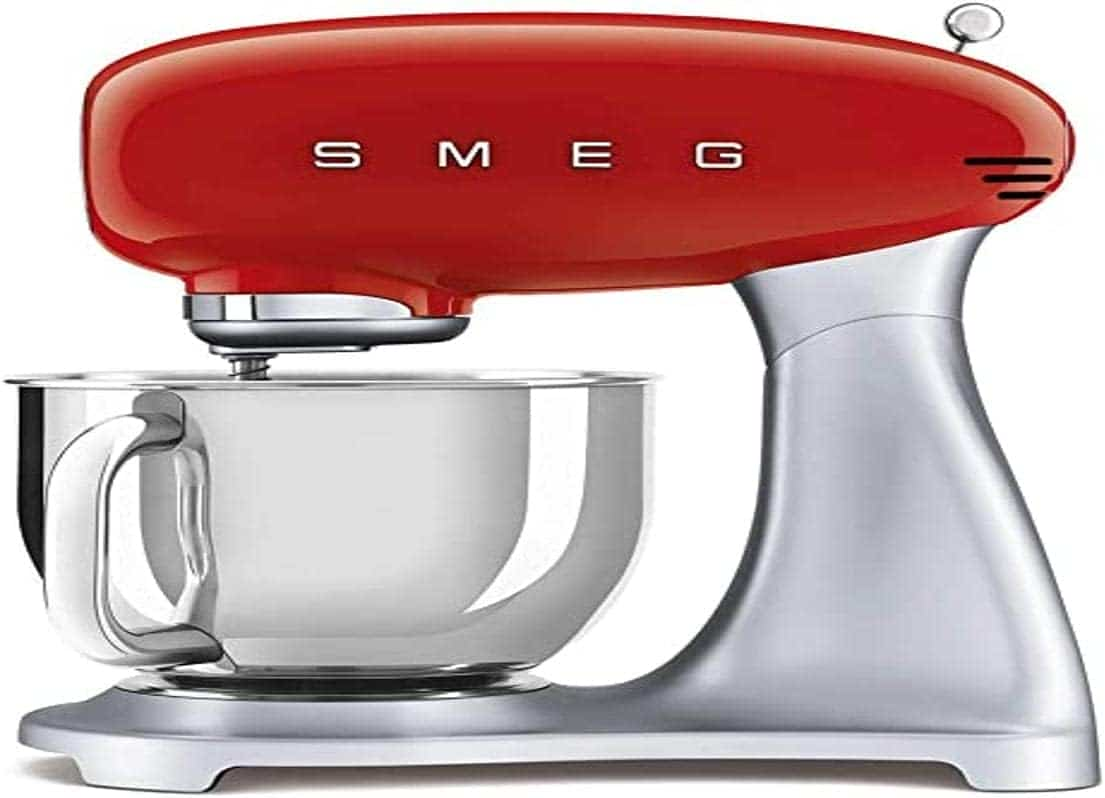Frequently asked questions about coffee
Save Money, Enjoy Great Coffee: 8 Tips!

Hey there, coffee lovers! As an avid coffee drinker myself, I know how easy it is to spend a small fortune on daily coffee runs. But fear not, because I have some amazing tips that will help you save money while still enjoying a delicious cup of coffee every morning.
In this article, I’m going to share 8 practical and easy-to-implement tips that will transform the way you make coffee at home. From buying quality beans to properly measuring your coffee, I’ll walk you through the steps to make sure you’re getting the most bang for your buck.
So grab your favorite mug and get ready to learn how to brew the perfect cup of coffee without breaking the bank.
Key Takeaways
- Making your own coffee can save money and give you greater control over the end product.
- Shopping for deals on coffee beans and buying wholesale can also save money.
- Quality beans, water, and storage are important for good taste.
- Measuring coffee with a scale can lead to savings and consistency.
Make Your Own Coffee
I always make my own coffee at home, following the advice of financial guru who coined the ‘latte factor’ and Cappuccino Oracle, because it saves me money and allows me to control the freshness and quality of my beans by buying whole beans and grinding them at home.
I’ve experimented with different brewing methods, from pour-over to French press, and have found that each method brings out different flavors and nuances in the coffee. I also enjoy exploring different coffee roasts, from light to dark, to find the perfect balance of acidity and richness.
One of the benefits of making my own coffee is the ability to tailor it to my personal taste preferences. I can add just the right amount of milk or sweetener, or leave it black for a more robust flavor. Plus, I’ve found that investing in a high-quality grinder and brewing equipment has paid off in the long run, as I can enjoy delicious coffee every morning without having to spend money at a coffee shop.
Making my own coffee has not only saved me money, but also given me a greater appreciation for the art and science of brewing the perfect cup.
Shop for Deals
When shopping for coffee beans, it’s important to look for deals and discounts to get the most bang for your buck. Comparing prices between different brands and stores can help you find the best deals available.
Additionally, many coffee brands offer discounts when buying in bulk, which can be a great way to save money in the long run. Saving money on coffee beans goes beyond just shopping for deals. Buying in bulk can also help you save money on shipping costs and reduce the amount of packaging waste.
You can also consider purchasing whole beans instead of pre-ground coffee to save money and ensure freshness. By taking advantage of these cost-saving measures, you can still enjoy high-quality coffee without breaking the bank.
Buy Quality Beans
Investing in quality beans is crucial for a delicious and satisfying cup of coffee. While it may be tempting to opt for cheaper options, the taste and aroma of your coffee will suffer. Coffee beans come in a variety of types, including Arabica, Robusta, and specialty blends. Each type has its own unique flavor profile and aroma, and choosing the right one for your taste preferences is key.
When selecting coffee beans, it’s important to consider the brewing techniques you’ll be using. For example, if you prefer a French press or pour-over method, a medium to dark roast is ideal. On the other hand, if you prefer a milder flavor, a light roast may be more up your alley. It’s also important to pay attention to the roast date, as coffee beans start to lose their flavor and aroma as they age. Investing in quality beans may cost a bit more upfront, but the difference in taste is well worth it.
| Coffee Bean Type | Flavor Profile | Ideal Brewing Techniques |
|---|---|---|
| Arabica | Sweet, smooth, and nutty | French press, pour-over |
| Robusta | Strong, bitter, and earthy | Espresso |
| Specialty Blends | Unique blend of different coffee beans | Drip coffee, espresso |
By understanding the different types of coffee beans and how they’re best brewed, you can elevate your coffee game and enjoy a truly satisfying cup of joe. Don’t be afraid to experiment with different roasts and blends to find your perfect match. Remember, investing in quality beans is a small price to pay for a truly enjoyable coffee experience.
Measure Accurately
Measuring coffee with a scale is like following a recipe, ensuring a consistent and delicious cup every time. It’s important to use the correct amount of coffee grounds to avoid weak or bitter coffee.
A good rule of thumb is to use two tablespoons of coffee per six ounces of water. However, using a scale can provide even more accuracy. Weighing the coffee grounds and water can help you achieve the perfect ratio for your preferred brewing techniques.
When it comes to measuring coffee, it’s also important to consider the grind size. Different coffee grinder options produce different grind sizes, and each brewing method requires a specific grind size for optimal flavor extraction.
For example, a French press requires a coarse grind, while an espresso machine requires a fine grind. It’s essential to experiment with different grind sizes to find the perfect one for your chosen brewing method and taste preferences.
With the right amount of coffee and the perfect grind size, you can enjoy a consistently delicious cup of coffee every time.
Frequently Asked Questions
Can you use any type of coffee beans for grinding at home, or are there specific types that work better?
When it comes to choosing beans for grinding at home, there are a few things to consider. Firstly, the roast options available can affect the flavor profile of the coffee. Lighter roasts tend to have a brighter, more acidic taste, while darker roasts have a more robust, smoky flavor. It’s important to choose a roast that matches your personal taste preferences.
Secondly, the type of beans can also impact the flavor profile. For example, Arabica beans are known for their fruity, floral notes, while Robusta beans have a stronger, more bitter taste.
Finally, the grinding technique used can also affect the final product. Burr grinders are generally considered to produce a more consistent grind, which can lead to a better tasting cup of coffee. In contrast, blade grinders can produce an uneven grind, which can lead to a less consistent flavor.
Ultimately, choosing high-quality beans and using a consistent grinding technique can lead to a more enjoyable cup of coffee.
How often should you buy new coffee beans to ensure freshness?
When it comes to coffee, freshness is key to achieving the best taste and aroma. As a coffee enthusiast, I’ve found that buying whole beans and grinding them at home is the best way to ensure maximum freshness.
However, even with the best roasting techniques, coffee beans can still lose their freshness over time. To maintain the quality of your beans, use storage tips such as keeping them in an airtight container at room temperature away from light and moisture.
It’s also important to note that the optimal time to consume coffee beans is within two weeks of roasting. Therefore, it’s best to buy smaller quantities of beans more frequently rather than stockpiling them.
By following these tips, you can ensure that your coffee is always fresh and delicious.
Are there any specific brands or types of coffee beans that are known for being high quality?
I believe that when it comes to top coffee brands, it’s important to look for characteristics of high quality coffee beans. Some of these characteristics include the altitude at which the coffee is grown, the way it is processed, and the roast profile.
Some of my personal favorite top coffee brands that consistently produce high quality beans include Counter Culture Coffee, Intelligentsia Coffee, and Stumptown Coffee Roasters. These brands are known for their commitment to sourcing high quality beans from sustainable and ethical sources, and for their attention to detail in the roasting and brewing process.
Ultimately, the key to finding high quality coffee beans is to do your research, read reviews, and experiment with different brands and roasts until you find the ones that best suit your taste preferences.
How do you measure coffee accurately without using a scale?
When it comes to measuring coffee without a scale, there are a few options to consider. While eyeballing can be tempting, it’s not the most accurate method.
Instead, using spoon measurements or a coffee scoop can provide some consistency. A standard coffee scoop typically measures around 2 tablespoons of coffee, but it’s important to keep in mind that different scoops may vary in size.
Using a tablespoon to measure can also work, with a general rule of 1 tablespoon of coffee per 6 ounces of water. However, it’s important to note that using too much or too little coffee can greatly affect the taste of the final product.
Overall, while a scale is the most accurate method for measuring coffee, using standardized spoon measurements or a coffee scoop can provide a decent level of accuracy for those without a scale.
Are there any health benefits or risks associated with drinking coffee made at home versus buying it at a shop?
When comparing coffee brewed at home versus bought at a shop, there aren’t any significant health benefits or risks associated with either. However, coffee brewing methods can affect the caffeine content of the final product.
For example, espresso-based drinks tend to have higher caffeine content than drip coffee. Additionally, adding cream, sugar, or other flavorings can increase calorie and sugar intake.
Overall, it’s important to be mindful of the ingredients and brewing methods used to make coffee, regardless of where it’s made.
Conclusion
Well folks, I hope you’ve enjoyed these 8 money-saving tips for making delicious coffee at home. Who knew that buying quality beans, measuring accurately, and properly sealing your containers could make such a difference?
And let’s not forget about reusing coffee grounds for cleaning and composting! It’s almost like getting a second cup of coffee for free.
But here’s the irony: while we’ve been talking about saving money on coffee, I can’t help but think about how much I’ve spent on coffee in my lifetime. I mean, think about it – $4 or $5 a day for a cup of coffee adds up quickly.
Now I’m not saying to completely give up your coffee runs, but incorporating these tips into your routine can definitely save you a few bucks. And who knows, you might even discover a new favorite coffee blend that you can make at home for a fraction of the cost.
So go ahead, enjoy your coffee, and save some money while you’re at it!
Arf, an author and an innovative enthusiast of coffee, coffee alternatives, and tea, plays a crucial role as a contributor to the esteemed Cappuccino Oracle platform. Renowned for his curiosity and passion for these captivating beverages, Arf has carved out a unique space for himself in the world of exploration and writing. He realized that coffee, coffee alternatives, and tea are not mere drinks to keep one awake, but universes of flavors and stories waiting to be explored.
Arf’s articles for Cappuccino Oracle blend meticulous research with personal experiences, providing readers with an in-depth understanding of various types of coffee, coffee alternatives, and tea, along with their unique characteristics, cultures, and histories. His honest reviews and engaging narratives guide readers on their own journeys, helping them discover their preferences and find their perfect brew.
Frequently asked questions about coffee
Cold Brew: Healthier, Sweeter, Stronger Coffee
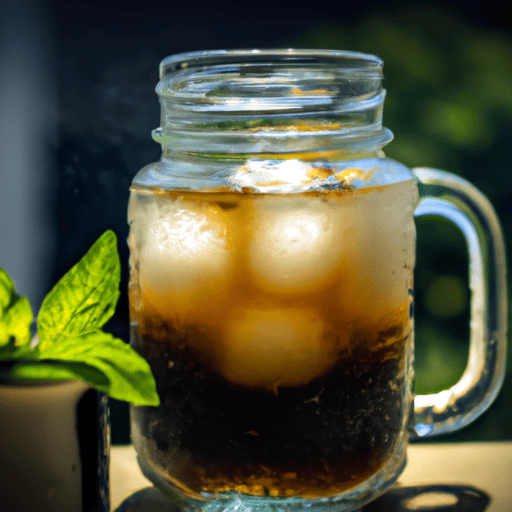
I have always been a coffee lover, but I recently discovered a new favorite way to enjoy my beloved beverage: cold brew coffee.
Not only is it a refreshing and delicious alternative to hot coffee, but it also has numerous health benefits that make it a great choice for anyone looking to improve their diet.
Cold brew coffee is less acidic than regular coffee, which means it’s gentler on the stomach and can reduce acid reflux. It’s also naturally sweeter and has a smoother taste than hot coffee, making it a great option for those who prefer less bitter coffee.
Plus, it has 22.8% more caffeine than regular drip coffee, which can give you a much-needed energy boost without the jitters that come with other caffeinated beverages.
In this article, I’ll share everything you need to know about cold brew coffee, including its benefits, how to make it at home, and why it’s a sustainable and convenient choice for coffee lovers everywhere.
Key Takeaways
- Cold brew coffee has numerous health benefits, such as being less acidic, naturally sweeter, and having more caffeine than regular coffee.
- Consuming caffeine in moderation can lead to various health benefits, including reducing the risk of diseases, improving memory, and aiding in weight loss.
- Making cold brew coffee at home is a simple and enjoyable process, and it can introduce drinkers to new and enticing flavor profiles.
- Cold brew coffee is a great alternative to regular coffee for those looking for a healthier, tastier, and more enjoyable cup of joe.
Benefits of Cold Brew
I love that cold brew coffee has so many benefits. It’s less acidic, naturally sweeter, and has more caffeine than regular coffee. As someone with a sensitive stomach, I appreciate that cold brew is less acidic and easier on my digestive system.
Plus, the natural sweetness of cold brew eliminates the need for added sugar and syrups, making it a healthier option for coffee lovers.
Another benefit of cold brew is its higher caffeine content, which is great for those looking for an extra boost of energy. As a fitness enthusiast, I also appreciate that cold brew is better for exercise due to its lower acidity, making it easier on the stomach before, during, and after a workout.
Drinking cold brew after a workout can also help replenish glycogen levels faster and strengthen muscles, making it a great option for post-workout recovery.
Making Cold Brew
To make this delicious beverage, all you need are coarsely ground coffee beans and room temperature water. Simply combine the two in a large jug and let it steep for 12-24 hours.
Once the steeping process is complete, strain the coffee grounds using a cheesecloth strainer and enjoy your homemade cold brew coffee.
There are plenty of DIY methods for making cold brew, and each one can result in a unique flavor profile. You can experiment with different coffee bean varieties, water-to-coffee ratios, and steeping times to find the perfect combination that suits your taste.
Making cold brew can be a fun and rewarding activity, and the end result is a healthier, sweeter, and stronger coffee that you can enjoy all week long.
Comparison to Regular Coffee
Comparing the caffeine content between cold brew and regular coffee, it’s important to note that cold brew has 22.8% more caffeine than drip coffee. This makes it an ideal choice for those who need an extra boost of energy in the morning or before a workout. While some may argue that espresso is the strongest form of coffee, it’s important to note that cold brew can have a higher caffeine content and a smoother taste than espresso.
To better understand the differences between cold brew and regular coffee, take a look at this table:
Cold Brew Drip Coffee Caffeine content 200mg per 8oz 163mg per 8oz Acidity Less acidic, smoother taste More acidic, bitter taste Preparation Steeped in cold water for 12-24 hours Coffee grounds are run through hot water for a few minutes Health benefits More caffeine for an energy boost Lower acidity for easier digestion
In terms of health benefits, cold brew may be the better choice for those with sensitive stomachs or those looking for a healthier option. With its lower acidity and higher caffeine content, cold brew can provide the energy boost without the negative side effects of regular coffee. However, it’s important to note that moderation is key, as consuming too much caffeine can have negative effects on the body. Ultimately, the choice between cold brew and regular coffee comes down to personal preference and individual needs.
Caffeine Content
As a coffee lover, I was surprised to discover the caffeine content difference between my usual cup and cold brew. It was eye-opening and added an extra boost to my morning routine. Compared to drip coffee, cold brew has a whopping 22.8% increase in caffeine content, making it a stronger option for those needing an extra jolt of energy.
It’s also worth noting that cold brew has less caffeine than espresso, so it’s a great middle-ground option for those who find espresso too intense. Not only does the higher caffeine content in cold brew provide an energy boost, but it’s also been shown to increase productivity.
Consuming caffeine in moderation has been linked to improved focus, alertness, and overall cognitive function. So, if you’re looking for a way to kickstart your mornings or stay focused during a long workday, cold brew could be a great option to try.
Health Benefits of Caffeine
I’ve learned that moderate caffeine consumption can have various health benefits, such as reducing the risk of diseases and improving cognitive function. Studies have shown that caffeine can help protect against diseases such as Parkinson’s and Alzheimer’s, which affect the brain’s cognitive function.
Additionally, caffeine has been shown to improve memory and cognitive performance, making it a great supplement for those looking to enhance their mental clarity. Another benefit of moderate caffeine consumption is that it can aid in weight loss. Caffeine has been shown to increase metabolic rate and fat burning, making it a great addition to a healthy diet and exercise routine.
However, it’s important to remember that excessive caffeine consumption can have negative effects on one’s health, so moderation is key. Overall, incorporating moderate amounts of caffeine, such as in a cup of cold brew coffee, can have positive effects on both cognitive function and weight loss.
Collagen Protein Powder
Adding collagen protein powder to my post-workout cold brew creates a creamy and nourishing elixir that helps with muscle recovery and promotes healthy skin. Collagen supplements have been gaining popularity in recent years, and for good reason.
Collagen is a protein that makes up a large part of our skin, bones, and muscles. As we age, our bodies produce less collagen, leading to wrinkles, joint pain, and weaker muscles. By adding collagen protein powder to my cold brew, I’m providing my body with the necessary building blocks to maintain healthy skin and strong muscles.
But the benefits of collagen protein powder go beyond just aesthetics. When consumed after a workout, collagen can help with post-workout recovery by reducing inflammation and promoting muscle growth. It can also aid in joint health, as it is a major component of cartilage.
By incorporating collagen into my cold brew routine, I’m not only enjoying a delicious and healthier cup of coffee but also giving my body the essential nutrients it needs to function at its best.
Convenient and Sustainable
By incorporating collagen protein powder into my post-workout routine, I’m able to conveniently and sustainably provide my body with the essential nutrients it needs for optimal performance and recovery.
Collagen protein powder is a convenient and easy way to supplement my diet with the necessary amino acids that support muscle growth and repair. Not only is collagen protein powder an excellent source of protein, but it’s also easy to mix into my cold brew coffee, making it a convenient and delicious way to refuel after a tough workout.
Using collagen protein powder in my cold brew coffee also helps me reduce waste. By batch brewing a large amount of cold brew at once, I’m able to minimize the amount of packaging and waste that comes with buying individual servings of protein drinks. This not only saves me money in the long run but also helps me feel good about my impact on the environment.
Overall, incorporating collagen protein powder into my cold brew coffee has been a game-changer for my post-workout routine. It provides me with the energy and nutrients I need in a convenient and sustainable way.
Author and Website Information
Moving on from the convenience of cold brew, let me introduce you to the author and website behind this informative text. I developed an obsession with coffee. This fascination led me to write for Cappuccino Oracle, where I explore my love for coffee and help others brew their perfect cup.
Cappuccino Oracle is a participant in the Amazon Services LLC Associates Program, an affiliate advertising program designed to provide a means for sites to earn advertising fees by advertising and linking to Amazon.com. My passion for coffee has driven me to research and discover new brewing techniques and flavor profiles continuously.
Through Cappuccino Oracle, I aim to share my knowledge and expertise with fellow coffee enthusiasts and help them enjoy a healthier, sweeter, and stronger cup of coffee.
Discussion Ideas Description The Science of Coffee Discuss the chemistry behind coffee and how it affects its taste and aroma. Brewing Techniques Share different brewing techniques and methods to make the perfect cup of coffee. Coffee Bean Varieties Explore the different types of coffee beans and how they contribute to the flavor and aroma of coffee. Coffee and Health Discuss the various health benefits and drawbacks of consuming coffee in moderation. Cold Brew vs. Hot Brew Compare and contrast the differences between cold brew and hot brew coffee, and which one is better for certain occasions or preferences. The History of Coffee Explore the origins and evolution of coffee, from its discovery in Ethiopia to its global popularity today.
Frequently Asked Questions
What is the best type of coffee bean to use for cold brew?
What’s the best type of coffee bean to use for cold brew? Well, it all depends on your personal preference.
When it comes to the roasting process, medium to dark roast coffee beans tend to work best for cold brew as they have a bolder flavor profile. Additionally, exploring different flavor notes can lead to a more complex and enjoyable cup of cold brew. Some popular flavor notes include chocolate, nutty, and fruity.
It’s also important to consider the brew time and dilution when choosing coffee beans for cold brew. A longer brew time with coarsely ground coffee beans can result in a stronger and more concentrated cold brew, while a shorter brew time with a finer grind can lead to a lighter and more refreshing cup.
Experimentation is key to achieving the perfect cold brew ratio with different coffee beans.
Can cold brew be made with hot water instead of room temperature water?
I’ve experimented with making cold brew using hot water as an alternative to room temperature water, and I’ve found that it doesn’t produce the same smooth and sweet taste as traditional cold brew.
Cold brew is naturally less acidic and sweeter than regular hot coffee, and using hot water can result in a bitter and unbalanced flavor.
Additionally, one of the main benefits of cold brew is its higher caffeine content, which is achieved through a longer steeping process with room temperature water.
Overall, I would recommend sticking to the traditional method of making cold brew with room temperature water to fully experience its benefits.
How long does cold brew last in the refrigerator?
Storing cold brew in the refrigerator can be a tricky task, but with a little bit of know-how, it’s easy to keep your cold brew fresh for days. To properly store cold brew in the refrigerator, it’s important to transfer it from the brewing container to an airtight container. This will help prevent the coffee from absorbing any odors or flavors from the surrounding foods.
I recommend using a glass jar or bottle with a tight-fitting lid. Cold brew can last up to two weeks in the refrigerator if stored properly. If you’re looking to make cold brew without a coffee maker, there are a few tips to keep in mind.
First, you’ll need to use coarsely-ground coffee to ensure that the coffee doesn’t become too strong. Second, you’ll need to steep the coffee for at least 12 hours to achieve the desired strength and flavor. Lastly, make sure to strain the coffee through a cheesecloth or fine-mesh strainer to remove any sediment or grit.
With these tips in mind, making cold brew at home is easy and rewarding.
Is cold brew more expensive than regular coffee?
When it comes to cost comparison, cold brew coffee may seem more expensive than regular coffee at first glance. However, the economic impact of making cold brew at home can be significant.
While a cup of regular coffee may cost less per serving, cold brew can be made in larger batches and stored in the refrigerator for up to a week, providing a more cost-effective solution in the long run.
Additionally, making cold brew at home can be a fun and rewarding hobby, allowing you to experiment with different coffee beans and flavor profiles while also saving money.
So, while the initial cost of cold brew may be higher, the economic benefits of making it at home make it a worthwhile investment.
Can cold brew be made with decaf coffee beans?
I recently tried making cold brew coffee using decaf alternatives and was pleasantly surprised by the results. Although the caffeine content was significantly lower, the taste comparison was still enjoyable.
The process of making cold brew is the same regardless of whether you use regular or decaf beans, simply steeping them in room temperature water for 12-24 hours.
This alternative is great for those who want to enjoy the taste of cold brew without the caffeine jitters or those who are sensitive to caffeine. So, if you’re looking for a new way to enjoy coffee without the caffeine, give decaf cold brew a try.
Conclusion
Well, folks, it’s been a pleasure introducing you to the wonderful world of cold brew coffee. It’s a healthier, sweeter, and stronger alternative to regular coffee, and it’s incredibly easy to make at home.
Not only does it taste delicious, but it also has numerous health benefits that can help improve your overall well-being. So go ahead, give it a shot.
Your taste buds will thank you, and your body will too. Who knows, maybe cold brew will become your new best friend. As for me, I’ll be enjoying my cold brew with a splash of collagen protein powder, because who doesn’t love a little extra boost of health benefits?
Cheers to your new favorite cup of joe!
Arf, an author and an innovative enthusiast of coffee, coffee alternatives, and tea, plays a crucial role as a contributor to the esteemed Cappuccino Oracle platform. Renowned for his curiosity and passion for these captivating beverages, Arf has carved out a unique space for himself in the world of exploration and writing. He realized that coffee, coffee alternatives, and tea are not mere drinks to keep one awake, but universes of flavors and stories waiting to be explored.
Arf’s articles for Cappuccino Oracle blend meticulous research with personal experiences, providing readers with an in-depth understanding of various types of coffee, coffee alternatives, and tea, along with their unique characteristics, cultures, and histories. His honest reviews and engaging narratives guide readers on their own journeys, helping them discover their preferences and find their perfect brew.
Frequently asked questions about coffee
5 Tips For Fresher Coffee: Mastering Coffee Bean Storage!
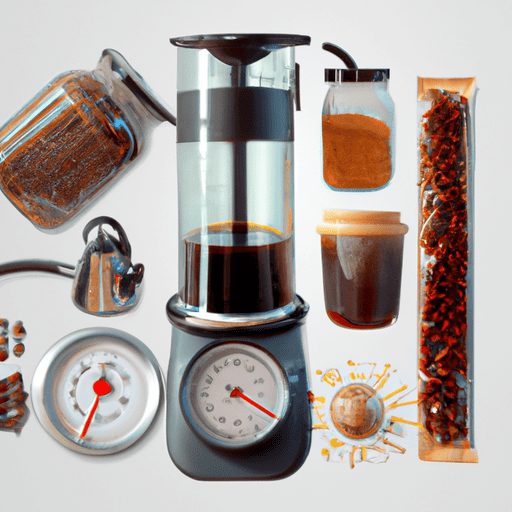
As a coffee lover, I know that the freshness of coffee beans is the key to a perfect cup of Joe. That’s why proper storage is essential. In this article, I’ll share with you 5 tips for mastering coffee bean storage that will help you maintain the freshness of your coffee beans and ensure that every cup you brew is delicious and satisfying.
First, we’ll discuss why proper storage matters. Coffee beans are sensitive to heat, light, and air, which can cause them to lose their flavor and aroma. When coffee beans are exposed to these elements, they can become stale and tasteless.
Proper storage is essential to protect the beans from these harmful factors and maintain their freshness. With these 5 tips for coffee bean storage, you’ll be able to enjoy a consistently great-tasting cup of coffee every time.
Key Takeaways
- Proper storage is crucial for maintaining the freshness of coffee beans and preserving their taste and quality.
- Glass or ceramic storage containers that are tightly sealed and kept in a cool, dry, and dark place are preferred over metal tins to prevent interference with natural oils and flavors.
- The shelf life of coffee beans varies depending on their roast level, with lighter roasts having a shorter shelf life than darker roasts. Pre-roasted beans with a roast date ensure freshness.
- In addition to being a delicious beverage, coffee also provides various health benefits such as reducing the risk of cardiovascular disease and diabetes, aiding in weight loss, and providing antioxidants.
Why Proper Storage Matters
I know that proper storage is crucial for the freshest, best-tasting coffee, and it’s important to understand why.
One of the main reasons is the effects of moisture on coffee. When coffee beans or grounds are exposed to moisture, they can become stale and lose their flavor. This is why it’s important to store coffee in a cool, dry, and dark place away from sunlight. Fridges and freezers are not recommended for storing coffee as they can expose the coffee to moisture and affect its taste and quality.
Another important aspect of proper storage is buying small amounts of coffee. When coffee is exposed to air, it begins to oxidize and lose its freshness and flavor. Therefore, it’s better to buy small amounts of coffee and use it up quickly rather than buying in bulk and storing it for a long time.
Whole bean coffee lasts longer than pre-ground coffee, and ground coffee should be brewed within 15 minutes of grinding to maximize freshness. By following these tips for proper storage, you can ensure that your coffee stays fresh and flavorful for as long as possible.
Best Storage Practices
Glass or ceramic containers are preferable to metal tins when storing coffee beans to maintain their freshness and quality. These materials don’t have any negative effect on the taste and aroma of the coffee. Additionally, they provide a non-reactive environment that prevents any interference with the natural oils and flavors of the beans.
Glass or ceramic containers also help to keep moisture out, which can ruin the beans and lead to mold growth. To further prevent moisture, it’s important to keep the container tightly sealed and in a cool, dry, and dark place away from sunlight.
It’s also recommended to buy and store small amounts of coffee to ensure maximum freshness. This way, you won’t have to worry about the coffee going stale or losing its nutritional value.
By following these simple storage practices, you can enjoy a delicious cup of coffee that tastes just as good as the day it was roasted.
Additional Considerations
Finding the perfect spot to store your coffee beans can be a bit of a puzzle, but like any good mystery, it’s all about uncovering the clues.
In addition to the best storage practices mentioned earlier, there are a few more things to consider when it comes to keeping your coffee fresh and flavorful.
First, it’s important to consider the roasting techniques used for your coffee beans. Lightly roasted beans tend to have a shorter shelf life than darker roasts, so it’s important to use them up quickly.
Additionally, if you’re roasting your own beans at home, it’s important to let them rest for a few days before brewing to allow the gases to escape and the flavors to fully develop. And if you’re buying pre-roasted beans, look for ones with a roast date on the bag to ensure maximum freshness.
Finally, don’t forget about the health benefits of coffee! In addition to its delicious taste, coffee has been shown to have numerous health benefits, including reducing the risk of cardiovascular disease and diabetes, aiding in weight loss, and providing antioxidants.
So, by taking care to properly store your coffee beans, you can not only enjoy a great cup of coffee, but also reap the many health benefits it has to offer.
Frequently Asked Questions
Can coffee be stored in the fridge or freezer to extend its shelf life?
Storing coffee in the fridge or freezer may seem like a good idea to extend its shelf life, but it can actually have a negative impact on the flavor. Both environments expose coffee to moisture, affecting its taste and quality.
It’s better to store coffee in a cool, dry, and dark place away from sunlight, such as a pantry or cupboard. To tell if coffee has gone bad, you can perform a smell or taste test. If it has a sour or rancid smell, or tastes off, it’s time to get rid of it.
Proper storage is crucial for maintaining the freshness and nutritional value of coffee, and buying and storing small amounts can help.
Is it better to buy whole bean or pre-ground coffee for storage purposes?
After investigating the truth of the theory, it’s better to buy whole bean coffee for storage purposes.
This is because whole bean coffee lasts longer than pre-ground coffee. Additionally, grinding methods can affect the freshness of the coffee.
Grinding the coffee just before brewing it can enhance its flavor and aroma. Moreover, the type of coffee bean variety can also impact the shelf life of the coffee.
Arabica beans are higher quality and have a longer shelf life than Robusta beans. Therefore, it’s recommended to buy whole bean Arabica coffee and grind it just before brewing for the freshest and best-tasting coffee.
How long can you store coffee before it starts to lose its freshness?
Proper storage techniques are crucial for maximizing coffee freshness. Whole bean coffee can last up to two weeks if stored in a cool, dry, and dark place away from sunlight. Ground coffee, on the other hand, should be brewed within 15 minutes of grinding to ensure maximum freshness.
Glass or ceramic containers are preferable to metal tins as they do not affect taste. It’s recommended to buy and store small amounts of coffee to maintain freshness and quality. Roasting at home is also an option for maximum freshness but can be impractical.
Ultimately, the main reason to worry about storage is freshness, as proper storage techniques can counteract loss of freshness and nutritional value.
Are there any specific types of containers that are best for storing coffee?
When it comes to storing coffee, the type of container used can make a big difference.
Mason jars are a popular choice, but they may not be the best option. Vacuum sealed bags are a great choice for keeping coffee fresh and preventing exposure to air and moisture.
Opaque containers are also preferred over clear containers, as they prevent sunlight from affecting the coffee’s flavor.
Overall, it’s important to choose a container that is airtight and keeps the coffee in a cool, dry place. As someone who appreciates a good cup of coffee, I know that choosing the right container can make all the difference in the taste and freshness of my daily brew.
Does the type of roast affect how long coffee can be stored?
Roast levels have a significant impact on how long coffee can be stored. The aging process of coffee beans begins as soon as they’re roasted and continues over time.
Lighter roasts tend to have a shorter shelf life as they have a higher acidity level and contain more moisture. Darker roasts, on the other hand, have a longer shelf life as they have a lower acidity level and less moisture content.
However, it’s important to note that regardless of the roast level, coffee beans should be consumed within a few weeks of roasting to ensure the freshest and best-tasting coffee. Proper storage can also help extend the shelf life of coffee beans.
Conclusion
In conclusion, proper coffee bean storage is crucial for maintaining freshness and flavor. The five tips outlined above provide a comprehensive guide to mastering the art of coffee storage. By investing in airtight containers, storing beans away from light and moisture, and monitoring the roast date, coffee lovers can enjoy a consistently satisfying cup of Joe.
Remember, the key to fresher coffee is attention to detail. Don’t overlook the importance of proper storage, and don’t hesitate to experiment with different storage methods to find what works best for you. With these tips in mind, you’ll be well on your way to brewing the perfect cup of coffee every time.
So go forth and enjoy the rich, robust flavors of freshly stored coffee beans!
Arf, an author and an innovative enthusiast of coffee, coffee alternatives, and tea, plays a crucial role as a contributor to the esteemed Cappuccino Oracle platform. Renowned for his curiosity and passion for these captivating beverages, Arf has carved out a unique space for himself in the world of exploration and writing. He realized that coffee, coffee alternatives, and tea are not mere drinks to keep one awake, but universes of flavors and stories waiting to be explored.
Arf’s articles for Cappuccino Oracle blend meticulous research with personal experiences, providing readers with an in-depth understanding of various types of coffee, coffee alternatives, and tea, along with their unique characteristics, cultures, and histories. His honest reviews and engaging narratives guide readers on their own journeys, helping them discover their preferences and find their perfect brew.
Frequently asked questions about coffee
Caffeine Content In Coffee: The Ultimate Guide
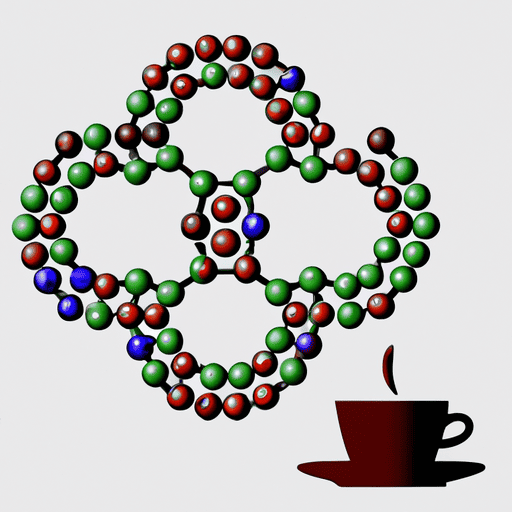
As someone who relies on coffee to power through the day, I know the importance of understanding the caffeine content in my cup. Not all coffees are created equal, and the amount of caffeine can vary greatly depending on the type of coffee, brewing method, and serving size.
That’s why I’ve put together the ultimate guide to caffeine content in coffee, to help you find the perfect cup of coffee for your caffeine needs.
In this article, we’ll explore the different types of coffee and how they impact caffeine content, from bold and rich espresso shots to smooth and creamy lattes.
We’ll also dive into the various factors that can affect caffeine levels, including the roast level, brewing time, and water temperature.
And if you’re curious about the benefits of caffeine or just want to learn some fun coffee facts, we’ve got you covered there too.
So let’s get started and explore the world of caffeine content in coffee.
Key Takeaways
- Different types of coffee have varying amounts of caffeine, with drip coffee having the highest amount and specialty coffees having less due to added milk.
- Factors such as serving size, brewing method, water temperature, and roast degree also affect caffeine levels in coffee.
- Cold brew coffee typically has less caffeine than hot brewed coffee, but it could still be stronger due to smaller serving sizes.
- Drinking dark roast coffee regularly may reduce the risk of developing diabetes, according to Harvard researchers, and caffeinated beverages can lead to better brain function and increased exercise.
Types of Coffee
Oh great, just what I needed – more options to choose from when it comes to types of coffee and their varying caffeine levels. As someone who relies on caffeine to start their day, it’s important to know which types of coffee have the most caffeine.
Caffeine sources play a significant role in determining caffeine levels. Robusta coffee beans contain about twice as much caffeine as Arabica beans. This is because Robusta plants are easier to grow and have a higher yield, making them a more affordable option for coffee producers.
Brewing techniques also affect the caffeine content in coffee. Espresso has the most caffeine per ounce because of the way it’s brewed – hot water is forced through finely ground coffee at high pressure, extracting more caffeine. Drip coffee, on the other hand, has a lower caffeine content because the water passes through coarser grounds and is not under pressure. Cold brew coffee has less caffeine than hot brewed coffee because it’s brewed with cold water, which extracts caffeine more slowly. However, people often drink cold brew in smaller amounts, so the caffeine concentration per serving may still be higher.
Knowing the caffeine content of different types of coffee and brewing techniques can help you make a more informed choice when it comes to your daily cup of joe.
Factors Affecting Caffeine Levels
I’ve learned that the amount of caffeine in my coffee can vary greatly depending on factors such as the type of bean, roast level, and brewing method. Brewing methods play a crucial role in determining caffeine content, with espresso having the highest amount of caffeine per ounce. This is because the coffee is extracted under high pressure, resulting in a concentrated shot.
On the other hand, drip coffee has a higher caffeine content per serving due to its larger serving size. Serving sizes also affect caffeine levels, as a larger serving size means more caffeine intake. For example, a 16 oz cold brew can have up to 200 mg of caffeine, which is equivalent to an 8 oz serving of drip coffee.
It’s important to keep these factors in mind when ordering coffee, as the caffeine content can vary greatly even within the same type of coffee. Understanding these factors can help me make better choices when it comes to my caffeine intake.
Benefits and Curiosities
One thing that I find interesting is that drinking dark roast coffee regularly may reduce the risk of developing diabetes, according to Harvard researchers. This is because dark roast coffee contains a higher amount of compounds that protect the cells in our body from damage.
In addition to reducing the risk of diabetes, coffee has other health benefits such as reducing the risk of liver and colorectal cancer, and improving cognitive function.
Fun facts about coffee include that Arabica cherries must be handpicked when ripe, making it a labor-intensive process. This is why Arabica coffee is more expensive than Robusta coffee, which can be harvested mechanically.
Additionally, people in the US prefer drip coffee, while in Europe and other countries, espresso-based drinks are more popular. These differences in coffee culture highlight the diverse ways in which people enjoy their caffeine fix.
Overall, coffee is not just a delicious beverage, but it also has numerous health benefits and cultural significance.
Frequently Asked Questions
Is it possible to completely remove caffeine from coffee?
Completely removing caffeine from coffee is not feasible as it is a natural component of the bean. Decaf coffee goes through a process that removes most of the caffeine but can affect taste and availability.
Can the caffeine content in coffee vary depending on the time of day it is consumed?
The caffeine content in coffee can vary depending on the time of day it is consumed due to the Circadian rhythm impact on our body’s absorption and processing of caffeine. Additionally, brewing method effects can also impact caffeine levels in coffee.
How does the caffeine content in instant coffee compare to other types of coffee?
Wow, instant coffee is like a shot of adrenaline! Compared to brewed coffee, instant coffee has significantly higher caffeine content. The impact of roast on caffeine levels is also important to consider.
Are there any health risks associated with consuming high amounts of caffeine in coffee?
Consuming high amounts of caffeine in coffee can lead to long term effects such as increased heart rate, insomnia, and anxiety. Alternative options include decaf coffee, herbal tea, and reducing caffeine intake gradually.
How does the caffeine content in coffee compare to other popular caffeinated beverages, such as tea or soda?
Comparing coffee to tea and energy drinks, coffee typically has higher caffeine content per serving. A standard cup of coffee has 95-200mg of caffeine, while tea has 20-80mg, and energy drinks have 70-200mg per can.
Arf, an author and an innovative enthusiast of coffee, coffee alternatives, and tea, plays a crucial role as a contributor to the esteemed Cappuccino Oracle platform. Renowned for his curiosity and passion for these captivating beverages, Arf has carved out a unique space for himself in the world of exploration and writing. He realized that coffee, coffee alternatives, and tea are not mere drinks to keep one awake, but universes of flavors and stories waiting to be explored.
Arf’s articles for Cappuccino Oracle blend meticulous research with personal experiences, providing readers with an in-depth understanding of various types of coffee, coffee alternatives, and tea, along with their unique characteristics, cultures, and histories. His honest reviews and engaging narratives guide readers on their own journeys, helping them discover their preferences and find their perfect brew.
-
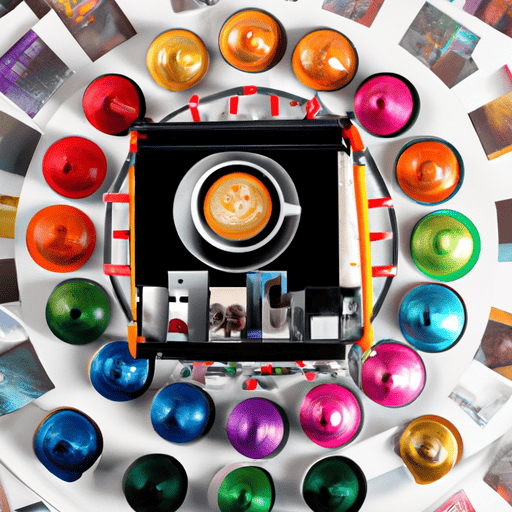
 Coffee Basics4 days ago
Coffee Basics4 days agoThe Ultimate Guide To Buying Nespresso Pods: Where And How?
-
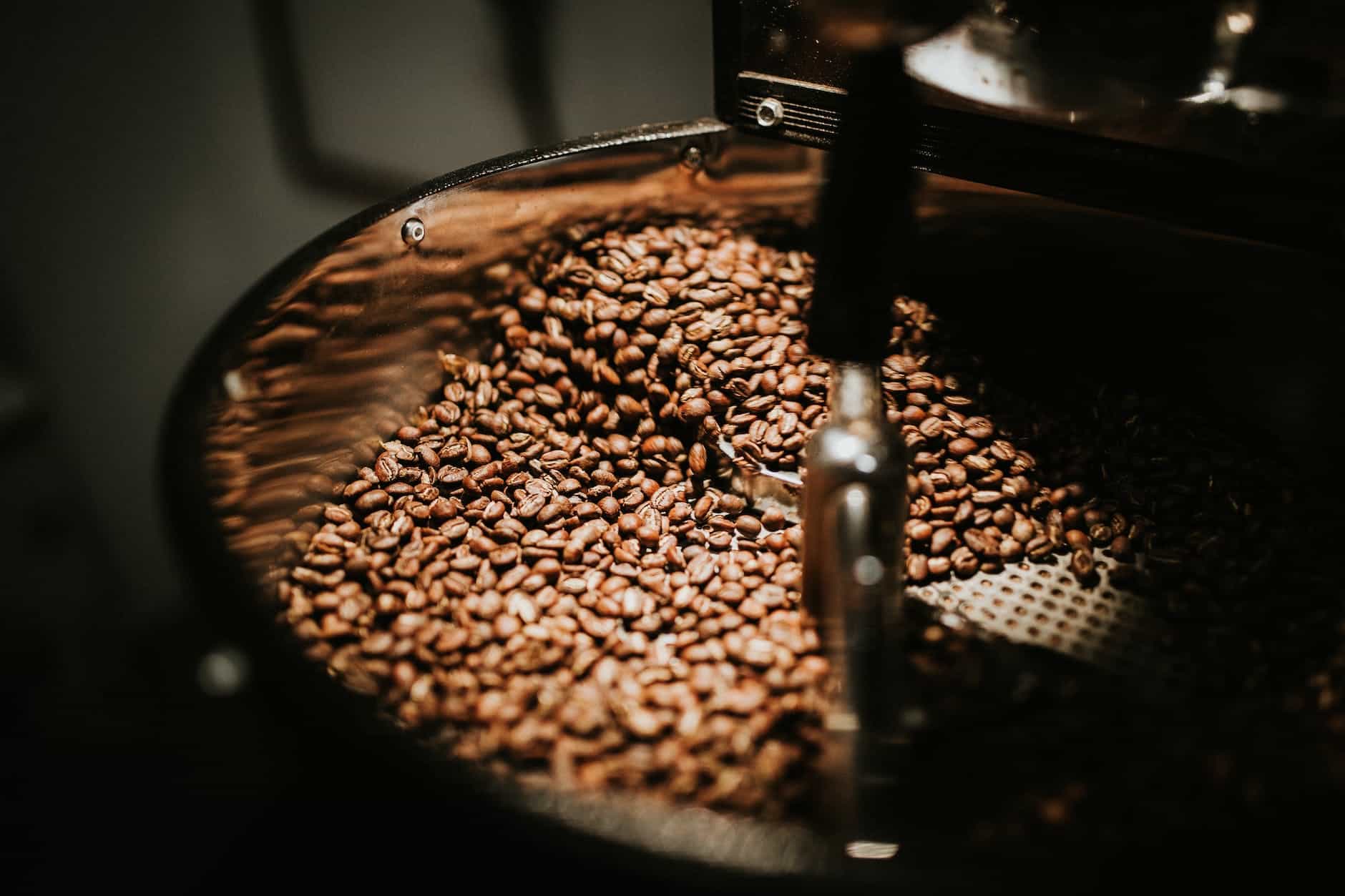
 Coffee Basics7 days ago
Coffee Basics7 days ago11 Best Medium Roast Coffees For Your Perfect Cup
-

 Coffee Basics7 days ago
Coffee Basics7 days agoStarbucks Venti Drinks: Customization And Pricing Guide
-

 Coffee Basics3 days ago
Coffee Basics3 days agoPerfect Your Espresso With Puck Screens: A Barista’s Secret
-
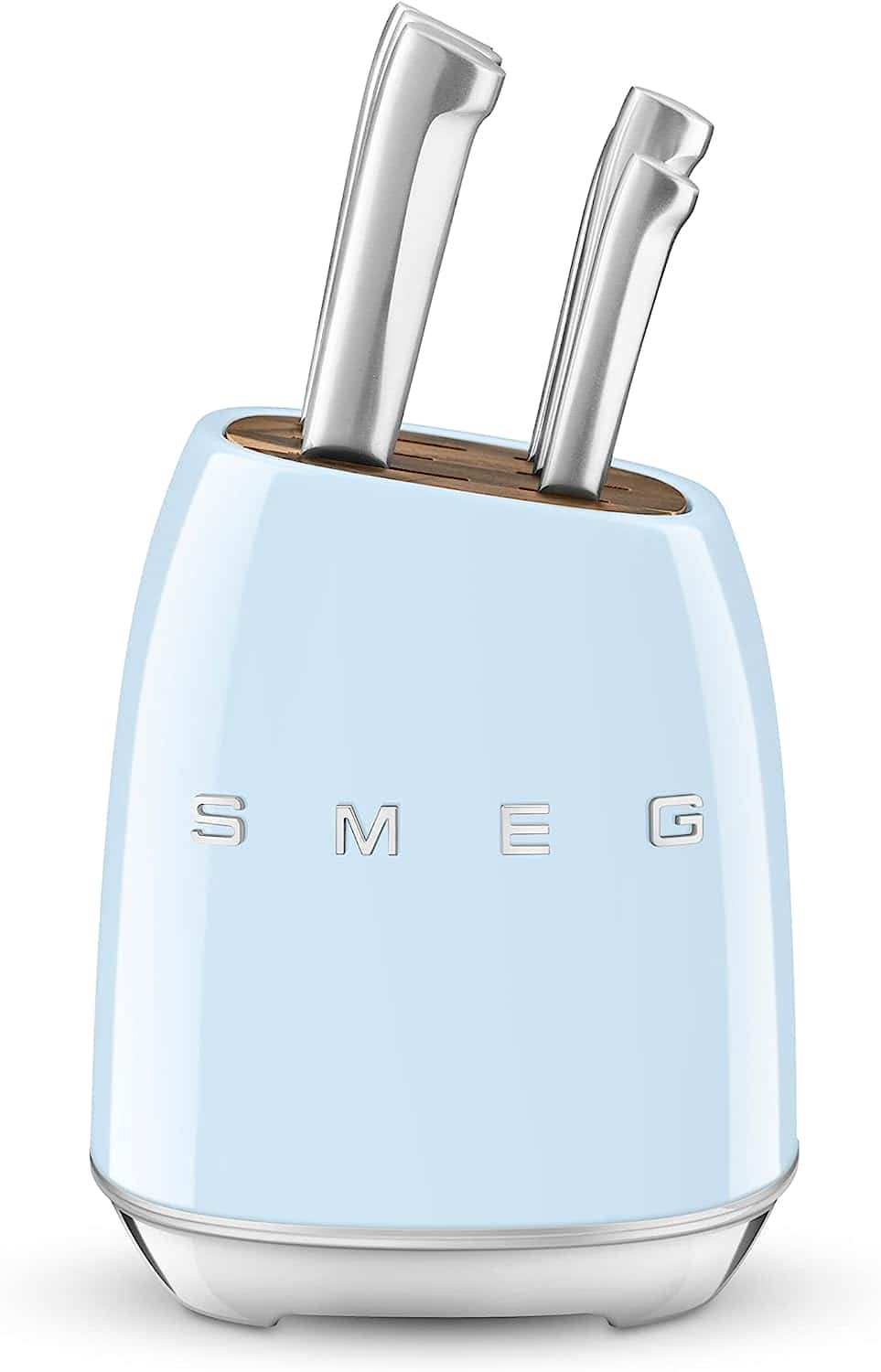
 Cappuccino Oracle Selected Reviews1 day ago
Cappuccino Oracle Selected Reviews1 day agoSmeg Knife Block Review Review [2024]
-
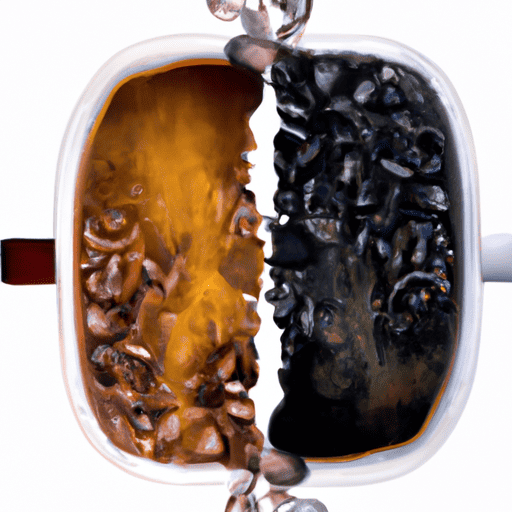
 Coffee Basics6 days ago
Coffee Basics6 days agoWhat Is Half-Caff Coffee? (And How Much Caffeine Is In It?)
-

 Coffee Basics6 days ago
Coffee Basics6 days ago9 Best Ground Coffee Brands For Your Perfect Cup
-
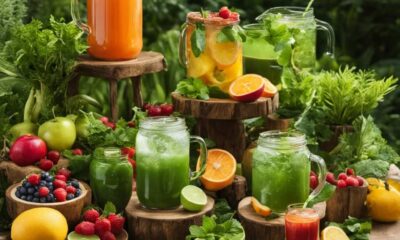
 Coffee Basics7 hours ago
Coffee Basics7 hours agoCan I Drink Coffee After Botox


